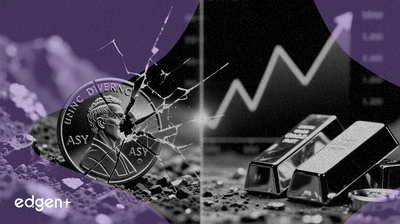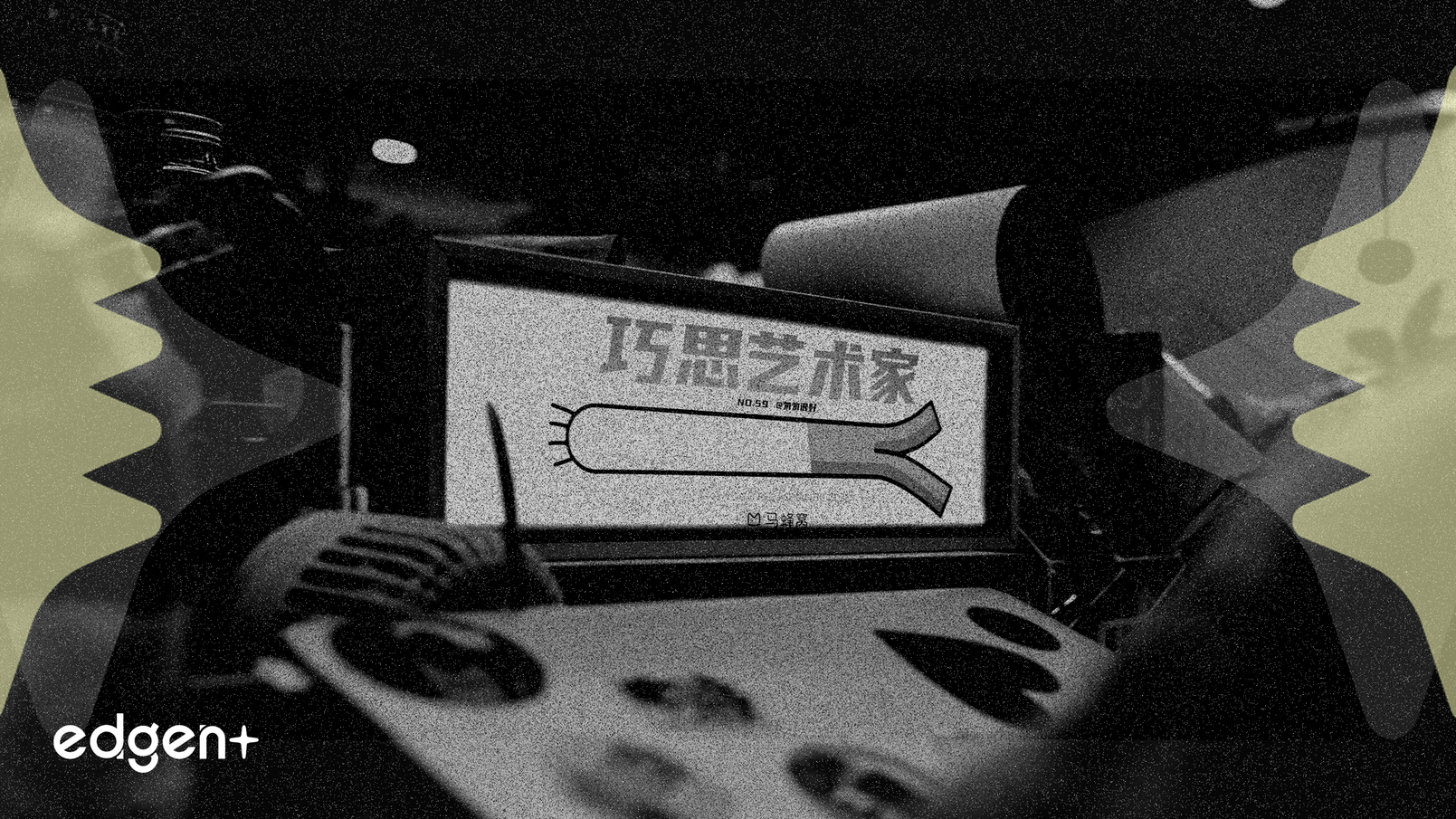Related News

OpenAI Unveils Weight-Sparse Model to Enhance AI Transparency and Safety
## Executive Summary OpenAI has published new research detailing an experimental model, the **weight-sparse transformer**, designed to address the critical challenge of AI interpretability. In a paper titled "Weight-Sparse Transformers Have Interpretable Circuits," the firm outlines a method to move beyond the "black box" nature of large language models (LLMs). By creating models that are inherently easier to dissect, OpenAI is building a technical foundation for improved AI safety and alignment, a move with significant implications for the competitive landscape and future regulatory frameworks. ## The Event in Detail The core of the research involves training LLMs that are "weight-sparse," meaning the vast majority of their internal parameters (weights) are set to zero. This inherent simplicity is then combined with a novel automated pruning technique that isolates the specific computational circuits responsible for a model's particular behaviors. The result is a highly interpretable framework. According to the research, the task-specific circuits extracted from these sparse models are approximately **16 times smaller** than circuits found in conventional, dense models with similar performance levels. These simplified circuits contain nodes and channels that correspond to recognizable concepts, such as identifying "tokens following a single quote" or tracking the "depth of list nesting," allowing researchers to more clearly understand the model's internal logic. ## Market Implications This development has several far-reaching implications for the AI sector. Firstly, it directly confronts the **AI alignment problem**—the challenge of ensuring advanced AI systems act in accordance with human intentions. By providing a potential method for auditing and understanding AI decision-making, this research could become a cornerstone for future safety standards and government regulation. Secondly, it subtly shifts the competitive narrative from a pure race for computational power to one that also values transparency. While OpenAI acknowledges these sparse models do not match the capabilities of frontier models like its own **GPT** series or **Google's Gemini**, this dual-track approach positions the company as a leader in responsible AI development. Finally, the research highlights a significant hardware consideration. The paper notes that training weight-sparse models is currently **computationally inefficient**. This limitation could catalyze a new direction in hardware development, encouraging firms like **NVIDIA**, **AMD**, and **IBM** to design and build next-generation AI accelerators specifically optimized for sparse computations, diverging from the current focus on dense model architectures. ## Expert Commentary The research from OpenAI underscores a fundamental trade-off in modern AI development: capability versus interpretability. The paper states that while computationally intensive, "increasing the scale of the sparse model improves the overall trade-off between capability and interpretability." This suggests that with further innovation, the performance gap between sparse and dense models could narrow. Furthermore, the methods show promise for enhancing the transparency of existing systems. The researchers propose using these techniques to create "bridges" that connect the complex computations of a dense model to a more understandable sparse model, effectively allowing for the interpretation of current and future frontier AI. ## Broader Context OpenAI's research is not a product launch but a foundational scientific contribution to the field. It addresses one of the longest-standing and most critical challenges in AI: the "black box" problem. As AI systems become more integrated into key economic and social sectors, the ability to verify their reasoning and ensure their safety becomes paramount. This work provides a tangible pathway toward building more trustworthy and controllable AI, a prerequisite for widespread public and enterprise adoption and a key focus for regulators worldwide.

ASX Penny Stocks in Focus: Delta Lithium's Exploration vs. Metals X's Tin Profits
## Executive Summary An examination of two Australian Securities Exchange (ASX) penny stocks, **Delta Lithium (ASX:DLI)** and **Metals X Limited (ASX:MLX)**, reveals contrasting profiles within the high-risk, high-reward small-cap sector. **DLI** embodies the speculative, pre-revenue exploration model, with its valuation tied to future discovery potential. In contrast, **MLX** presents the case of a profitable producer whose strong financial results have not insulated it from negative market sentiment and share price volatility, highlighting a significant disconnect between reported earnings and investor valuation. ## The Companies in Detail ### Delta Lithium (ASX:DLI) **Delta Lithium** is a pre-revenue exploration and development company with a market capitalization of approximately A$125 million. The company is currently unprofitable and its activities are primarily focused on lithium, gold, and tantalum exploration in Western Australia. Its key asset is the Yinnetharra Lithium Project. As an exploration-stage entity, **DLI**'s market valuation is speculative, contingent on future exploration success, resource definition, and prevailing market conditions for lithium. ### Metals X Limited (ASX:MLX) **Metals X Limited** is a tin producer through its 50% equity interest in the Renison Tin Operation in Tasmania, one of the world's largest and highest-grade tin mines. The company reported a significant financial turnaround, with revenue increasing by 55% to $147.54 million and profit after tax surging 256% to $52.95 million. The Renison operation maintains a projected 10-year mine life, providing a long-term operational outlook. The company's earnings growth over the past year was reported at 708.2%, substantially exceeding the metals and mining industry average of 10.1%. ## Market Implications The case of **Metals X** demonstrates a notable divergence between fundamental performance and market valuation. Despite posting triple-digit profit growth and vastly outpacing industry benchmarks, the company's stock has faced significant downturns, with reports of share price drops reaching 27% and 31% in previous periods. This suggests that investors may be weighing factors such as historical shareholder returns, which are down 90% over the long term, or future tin commodity price uncertainty more heavily than the most recent earnings report. For **Delta Lithium**, the implications are straightforward: its valuation is a forward-looking bet on the clean energy transition and its ability to successfully commercialize its lithium assets. Its performance is not tied to current revenue but to geological and macroeconomic factors. ## Broader Context The divergent paths of **DLI** and **MLX** serve as a case study for the ASX penny stock landscape. They illustrate the two primary investment theses in the sector: the purely speculative exploration play versus the value-oriented small-cap producer. The performance of **Metals X** underscores that even strong operational results and profitability do not guarantee positive share price momentum in this volatile market segment. Investors appear to be exercising caution, indicating that sustained financial performance and a clear strategy for shareholder returns are required to overcome negative market sentiment.

Alaska Air Group Confirms CFO Participation in Goldman Sachs 2025 Industrials and Materials Conference
## Executive Summary **Alaska Air Group (NYSE: ALK)** has announced its participation in the upcoming **2025 Goldman Sachs Industrials and Materials Conference**. Chief Financial Officer, **Shane Tackett**, is scheduled to speak in a fireside chat format on December 4, 2025. This event is consistent with the airline's regular investor relations activities and is not expected to introduce significant market-moving information. The market reaction is anticipated to be neutral, as such appearances are a standard part of corporate communications for publicly traded companies. ## The Event in Detail The fireside chat featuring **CFO Shane Tackett** will be webcast and is scheduled for Thursday, December 4, 2025, at 1:30 p.m. Eastern Time. The event provides a platform for the company's leadership to communicate with the investment community regarding its current strategic positioning and operational outlook within the industrials and materials sectors. ## Broader Context and Investor Relations Strategy This announcement follows a well-established pattern of executive engagement for **Alaska Air Group**. The company has a consistent history of participating in major financial conferences, demonstrating a commitment to transparency and regular communication with investors. Past appearances by **CFO Shane Tackett** include: * J.P. Morgan 2022 Industrials Conference (March 15, 2022) * Morgan Stanley 11th Annual Laguna Conference (September 12, 2023) * Citi 2024 Global Industrial Tech and Mobility Conference (February 20, 2024) This recurring schedule of conference participation underscores that the Goldman Sachs event is a routine component of **Alaska Air Group's** annual investor relations calendar, rather than a forum for extraordinary announcements. Other major corporations, such as **Stanley Black & Decker (NYSE: SWK)**, will also be presenting, highlighting the standard nature of the conference. ## Market Implications and Outlook The market impact of this event is expected to be minimal. Typically, significant financial disclosures, such as earnings surprises or major strategic pivots, are communicated through official press releases or dedicated investor day events, not at multi-company industry conferences. Investors and analysts will likely view this as an opportunity to gain incremental insights into the company's performance and management's perspective on prevailing industry trends, such as fuel costs, capacity, and travel demand. However, the presentation is unlikely to serve as a catalyst for significant price movement in **ALK** stock.
